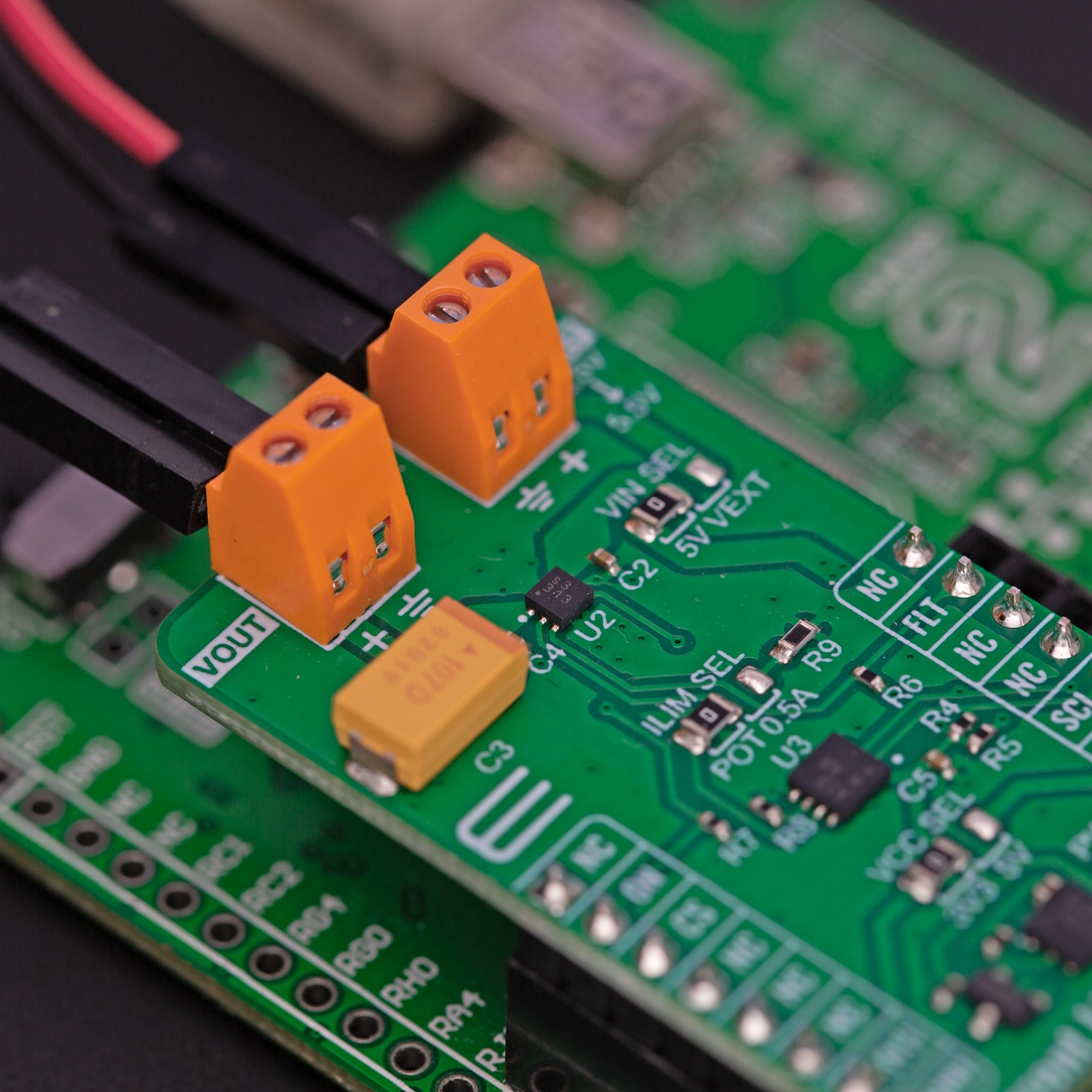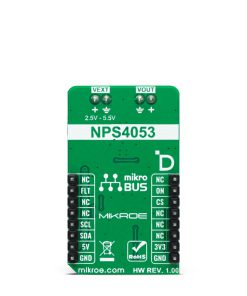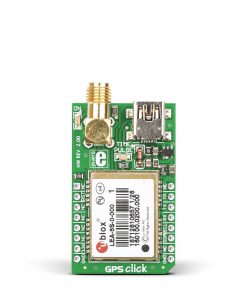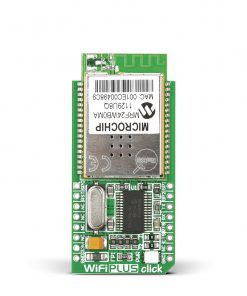Current Limit 9 Click
R535.00 ex. VAT
Current Limit 9 Click is a compact add-on board representing a current-limiting solution for your application. This board features the NPS4053, a load switch with a precision adjustable current limit from Nexperia. It is a 5.5V, 55mΩ load switch that allows precise adjustment of the current limit in a range of 110mA up to 2.5A while preserving the constant current during the current limiting. This Click board™ makes the perfect solution for the development of USB ports/hubs, portable devices, current limit circuits, optical socket protections, and more.
Current Limit 9 Click is fully compatible with the mikroBUS™ socket and can be used on any host system supporting the mikroBUS™ standard. It comes with the mikroSDK open-source libraries, offering unparalleled flexibility for evaluation and customization. What sets this Click board™ apart is the groundbreaking ClickID feature, enabling your host system to seamlessly and automatically detect and identify this add-on board.
Stock: Lead-time applicable.
| 5+ | R508.25 |
| 10+ | R481.50 |
| 15+ | R454.75 |
| 20+ | R437.63 |

















.jpg)








